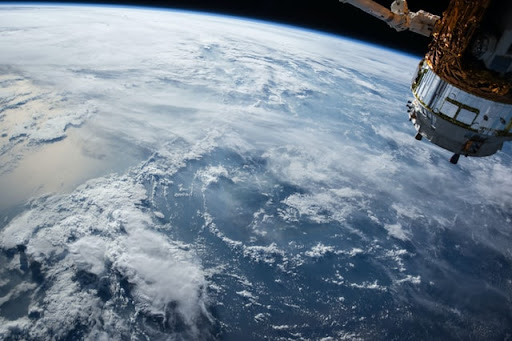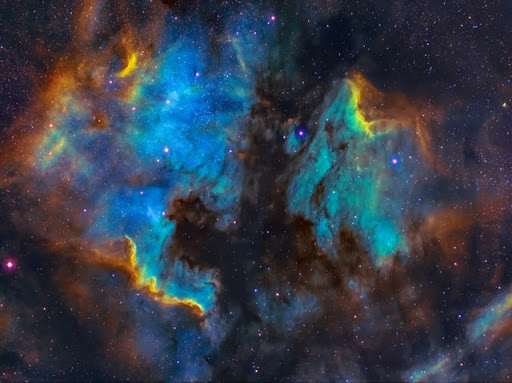May 7th is International Space Day, a day for getting kids interested in the cosmos! It originally started as “Space Day” in 1977 by the aerospace company, Lockheed Martin, as a one-time event, but it quickly grew into an annual holiday, having its name changed by U.S. astronaut John Glenn to “International Space Day” in 2001 (Time Bulletin). International Space Day is now celebrated by space enthusiasts around the world!
Traditionally, International Space Day is celebrated on the first Friday of May, and it is meant to be a day where kids can be exposed to STEM fields, like aerospace, as career paths (The Science Times). Scientific organizations celebrate the day by performing demonstrations or organizing events which provide opportunities for people to learn about space and the amazing discoveries we’ve made in our exploration of the universe (Time Bulletin).

To celebrate this year’s annual International Space Day, here are some fun facts about space which will be sure to spark wonder in the minds of space enthusiasts or young children who may have a future in aerospace research or engineering!
- Space is silent
Because space is a vacuum with no air particles, there isn’t anything for sound waves to travel through or vibrate. This means that you can’t hear anything in space! Most science fiction movies ignore this fact to make their space battles more interesting and exciting, but the truth is that futuristic laser guns would make absolutely zero sound (esa kids)
- Uranus is sideways
Possibly due to a major collision with another celestial body, Uranus spins on a horizontal axis instead of a vertical axis, unlike any other planet in the solar system (Space.com).
- Microbial life is considered a major possibility on Mars
News stories appear all the time about Mars being a possible habitat for life, even if only on the microscopic level. However, the possibility for life on Mars is high enough that scientists take extra precautions to sterilize spacecraft before sending them to Mars. That way, the spacecraft will be free of contaminants which may be harmful to any possible Martian life (Space.com).

Some scientists have theorized that a ninth planet exists at the edge of our solar system. This theory is meant to explain the movement of some objects in the Kuiper belt. Dubbed “Planet 9,” the theoretical object may also be a grapefruit-sized black hole. However, all searches for this object have been unsuccessful in detecting anything of significant mass that would explain the anomalies observed in the Kuiper belt (Space.com).
- If two pieces of the same metal touch in space, they will be fused together permanently
The phenomenon is known as “cold welding,” and can occur in any vacuum environment. However, this doesn’t happen very often, even with craft launched into space. This is because metals that leave Earth’s atmosphere often still have a thin layer of oxidation attached to them which shields them from cold welding (Mashable).
Space is an amazing place, and scientists are constantly learning more and more about it. So this International Space Day, take some time to teach others about space. You may be inspiring a future astronomer who will discover a planet hiding in our solar system!
Written By: Matthew Jenkins
Date: May 16, 2022
Sources:
https://www.timebulletin.com/space-day-history-and-significance-of-the-day/
https://www.esa.int/kids/en/learn/Our_Universe/Story_of_the_Universe/What_is_space
https://www.space.com/35695-weirdest-solar-system-facts.html
